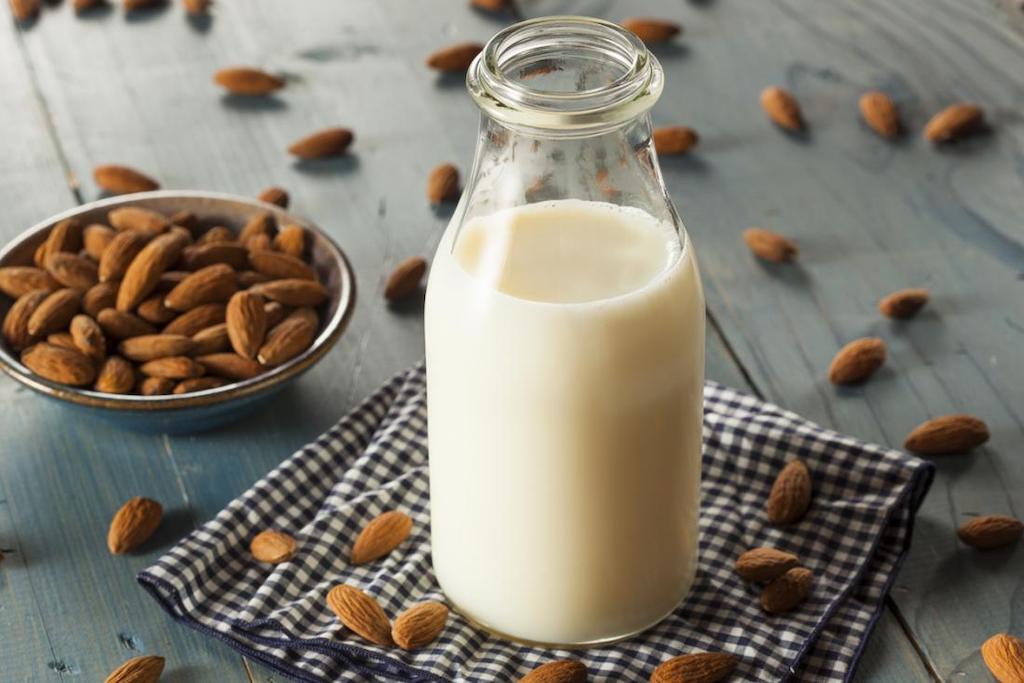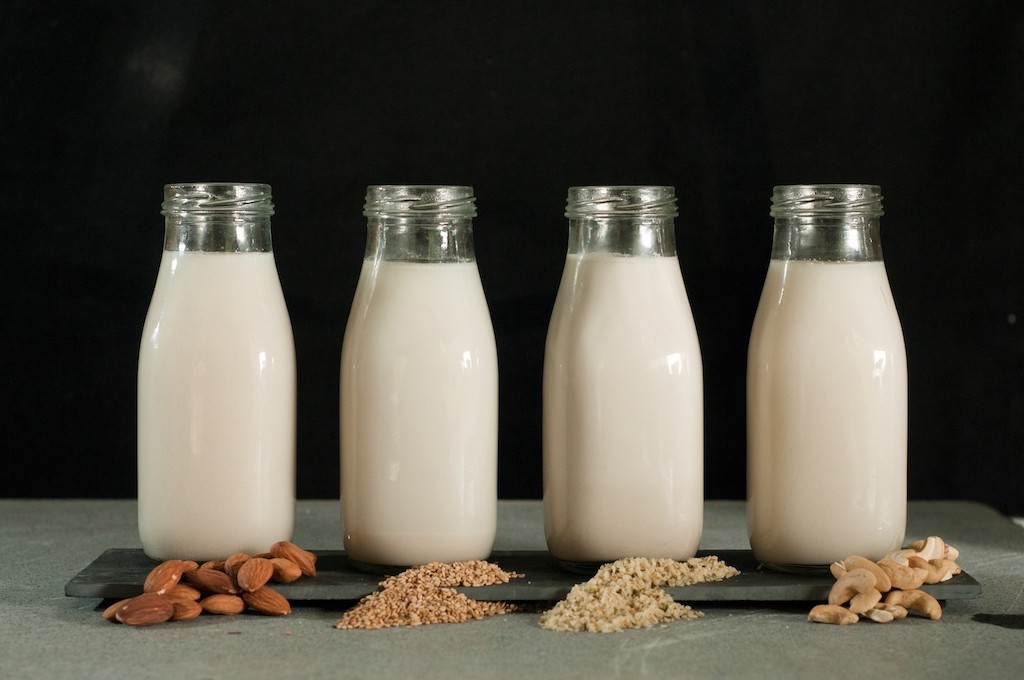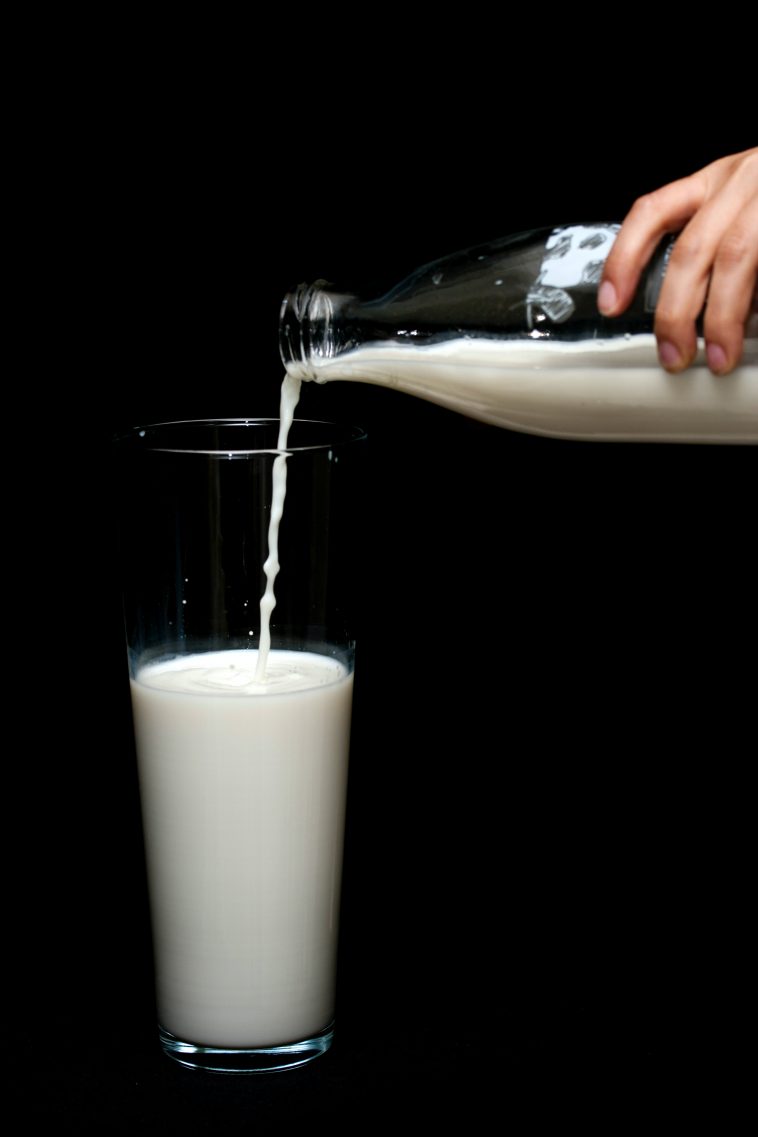A Helpful Intro to Dairy-Free Milk and Sustainability
The popularity of vegan food has risen significantly (even with stubborn carnivores), and as a response, the range of vegan milk available has also vastly increased. Almond milk has been a popular milk alternative, especially over the past few years, whether you prefer it steamed in a latte, or blended up in your chia seed parfait.
Although it has touted health benefits, many people are giving it up in the name of climate change. Although it might have positive effects on your body, almond milk is kind of terrible for the environment.

Water, Water, Everywhere
When compared to other dairy-free milk sources, almond milk requires significantly more water than both soy and oat milk. While our focus is mostly on almond mil here, rice milk is also a notorious water waster.
Just one glass of almond milk needs 74 liters, or 130 pints, of precious H20. Rice milk uses 54 liters of water in comparison. That being said, both of these choices are still better for the environment than dairy-based milk.
What to Drink Instead
Meet the most impressive nut or seed milk that you can ingest guilt-free while caring for your planet. Soy milk, coconut milk, hazelnut milk, hemp milk, and oat milk are all fantastic (and delicious) alternatives.

If you’re a die-hard almond milk fan, it might make sense to create your own at home. With organic almonds, you can control how much water you use, and end up with a pure product that’s better than local – it’s right in your own home! Creating your almond milk rather than going store-bought is an excellent way to avoid drinking carrageenan, a common food additive to thicken substances. Consider trying out this homemade almond milk recipe.
Go Local
Where your milk is produced is just as important as what kind of milk it is. When it comes to reducing greenhouse gas emissions, buying local nut milk is your best bet. Purchasing local and investing in products made closer to your community creates a tinier carbon footprint overall, as opposed to milk that has traveled long distances.

At the End of the Day
Ultimately, food production takes up a massive 25% of greenhouse gases that humans are responsible for. Consuming nut milk is a helpful way to help combat climate change, but so is being an overall conscious human being who is aware of their lifestyle, and how it might contribute to a carbon footprint.
Now Is the Time to Reflect
Due to quarantine, while we’re forced into more introspection than usual, this is the perfect way to re-assess the level of waste you produce based on your lifestyle and make a list of the small ways you can change it.
While our social lives are not as robust as before, and many are experiencing loneliness, we should be grateful that our planet is slowly starting to repair itself as us humans have taken a step back.
During this environmental reset, take a moment to be mindful, and while you’re at it, try out a new kind of milk!

Read more:



